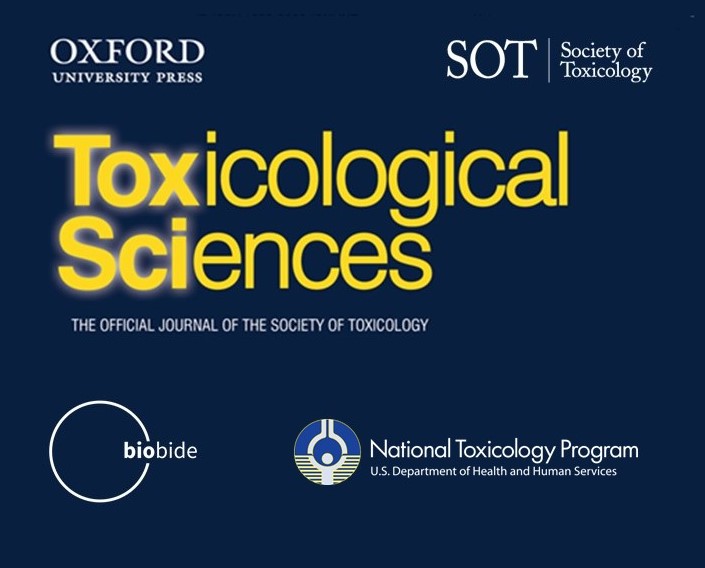A new scientific article between Biobide and NTP-NIEHS published in Toxicological Sciences Journal
All good things always come in threes. Third article for Biobide during this 2018 has been published this month, second one in collaboration with United States’ National Institute of Health and Environmental Sciences (NIEHS) Department of the National Toxicology Program (NTP).
The scientific article has been accepted in the Toxicological Sciences, the official journal of the prestigious Society of Toxicology, under the title of “Detection and prioritization of developmentally neurotoxic and/or neurotoxic compounds using zebrafish”. As part of Tox21 Phase III’s effort, during this collaboration project the developmental toxicity and neurotoxicity of 90 blinded compounds containing known neurotoxicants and compounds with undetermined neurotoxic potential (e.g. flame retardants, bisphenol A analogs) were assessed using zebrafish embryos. Moreover, larvae from the developmental toxicity assay were analyzed for internal compound concentrations to determine the real concentration at which toxic effects were induced. Additionally, chemical concentration in the medium was also determined.
Once again, the results obtained in this study demonstrate the utility of the zebrafish as a reliable, relevant and efficient screening tool to identify, prioritize and evaluate chemical toxicity and underscores the importance of evaluating internal compound concentrations to better compare and contrast findings between zebrafish and other models.
To access Biobide’s and NTP-NIEHS’ article, please click here.
For specific queries regarding the article or our zebrafish assays, please contact us via email info@biobide.com.


